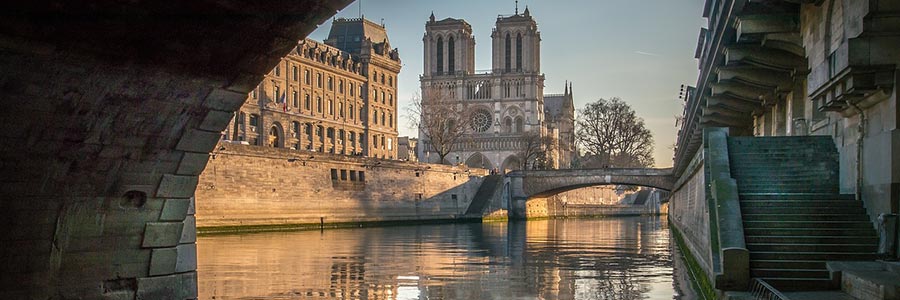Paris - Eiffel Tower, Triumphal Arch, Notre Dame Cathedral

Today's Paris developed from the 3rd century BC. from the Celtic settlement “Lutetia” on the Île de la Cité. The Romans later built a city on the Seine, which initially became a main residence of the Frankish Empire in the 6th century. Paris experienced a heyday of art and culture in the 16th century under Francis I. Through absolutism, especially under Louis XIV.
Names like Heinrich Heine and Karl Marx point to the importance that Paris had as a refuge for politically persecuted people from Germany in the 19th century. The city “was considered a place of revolutionary ideas and became a gathering place for political activists from all over Europe.”
The French capital is home to a variety of church and secular buildings, streets, squares and parks worth seeing, around 160 museums, around 200 art galleries, around 100 theatres, over 650 cinemas and more than 10,000 restaurants. The range of cultural events is extensive with numerous concerts, exhibitions, music and film festivals, fashion shows and sporting competitions. The Seine waterfront in Paris was added to the UNESCO World Heritage List in 1991.
There are no articles in this category. If subcategories display on this page, they may have articles.